¿Alguna vez te has preguntado cuáles son las diferencias entre las distintas versiones de las interfaces Thunderbolt y USB para la transferencia de datos a alta velocidad? Con Thunderbolt 3, Thunderbolt 4, Thunderbolt 5 y USB4 disponibles, que ofrecen velocidades ultrarrápidas, puede resultar confuso comprender los matices de estas especificaciones. Lo aclararemos todo en esta guía.
Tabla de contenido
- Conclusiones clave
- Comparación directa de parámetros de interfaz
- ¿Son compatibles entre sí las versiones Thunderbolt 3, Thunderbolt 4, Thunderbolt 5 y USB4?
- Ventajas y desventajas de Thunderbolt 3
- Ventajas y desventajas de Thunderbolt 4
- Ventajas y desventajas de Thunderbolt 5
- Ventajas y desventajas del USB4
- Conclusión
- La gente también pregunta
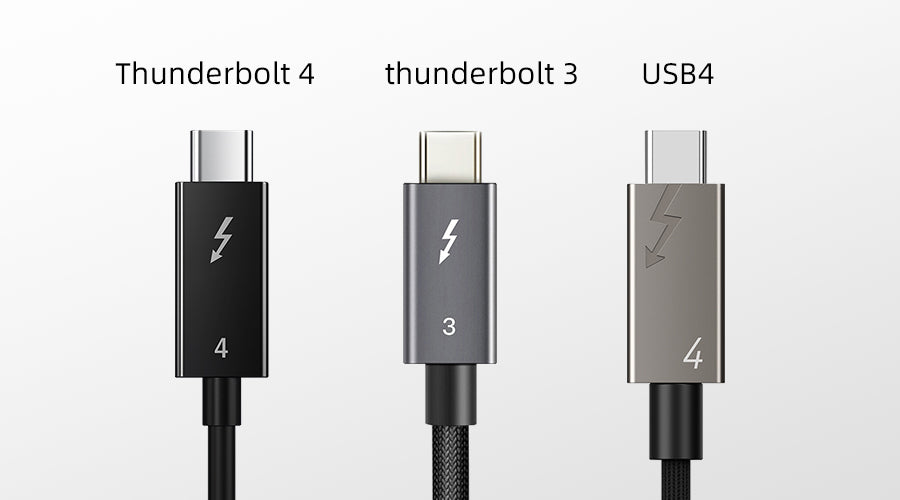
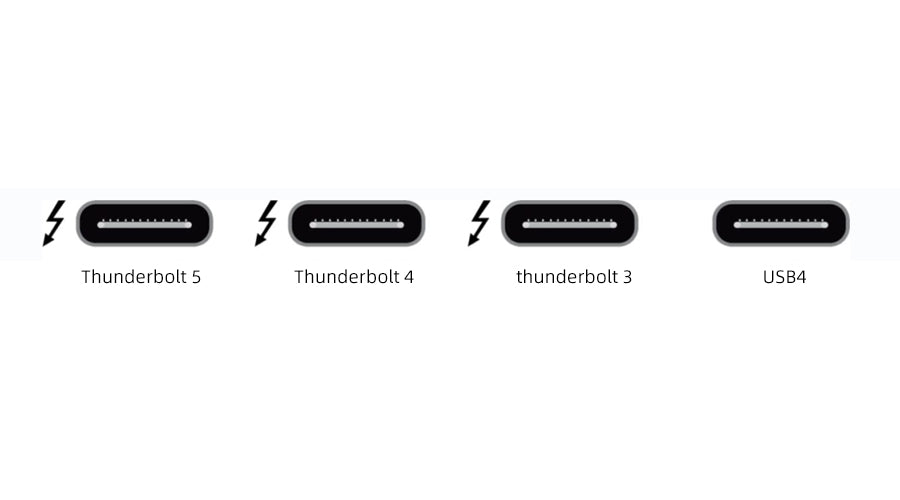
Conclusiones clave
- Rayo 3, 4, y 5 son especificaciones de interfaz líderes en la industria para transferencias ultrarrápidas y pantallas de alta resolución. USB4 busca estandarizar y equiparar las velocidades de USB-C con las de Thunderbolt.
- Si bien son algo compatibles, existen diferencias específicas entre las generaciones Thunderbolt y USB4 en cuanto a tasas de transferencia, potencia de carga, cables, compatibilidad con periféricos y requisitos obligatorios de dispositivos que afectan la funcionalidad.
- Cada especificación de interfaz tiene ventajas y desventajas distintivas relacionadas con la velocidad, la versatilidad, el costo y la compatibilidad que es importante tener en cuenta para sus necesidades específicas.
Comparación directa de parámetros de interfaz
Historia de la evolución
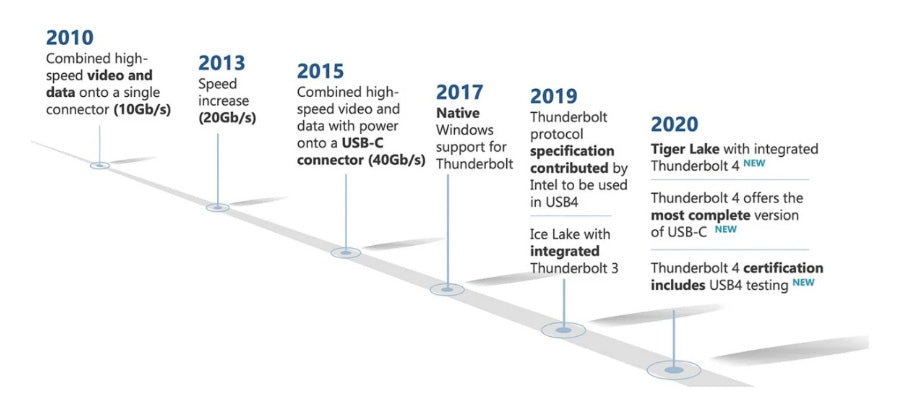
Thunderbolt 3 se presentó por primera vez en 2015 para soportar simultáneamente transferencias de datos de alta velocidad de hasta 40 Gbps y suministro de energía de hasta 130 W, sin dejar de ser compatible con los accesorios USB 3.1 tradicionales.
Thunderbolt 4 debutó en 2020 como una actualización incremental centrada en requisitos obligatorios más consistentes, que incluyen:
- Admite dos pantallas 4K o una pantalla 8K
- Acceso a los periféricos al despertar del modo de suspensión
- 16 carriles de conectividad PCIe
El recientemente anunciado Thunderbolt 5 lleva las cosas aún más lejos en 2023, promocionando:
- Velocidades de transferencia increíblemente rápidas de 80 Gbps
- Asignación mejorada de recursos para un máximo rendimiento
En paralelo, USB4 combina esencialmente lo mejor de Thunderbolt y el USB tradicional para simplificar las cosas. Lanzado oficialmente en 2019 tras años de desarrollo, sus aspectos clave incluyen:
- Aprovechando el conector USB-C y el protocolo Thunderbolt
- Capacidad de transmisión de 40 Gbps compatible con Thunderbolt 3
En resumen, las revisiones de Thunderbolt se centran en ampliar los límites de velocidad y capacidad, mientras que USB4 ofrece una convergencia de conectividad en torno a la omnipresente interfaz física USB-C.
Comparación de parámetros
| Especulación | Rayo 3 | Rayo 4 | Rayo 5 | USB4 |
| Año de lanzamiento | 2015 | 2020 | 2023 | 2019 |
| Velocidad máxima de transferencia | 40 Gbps | 40 Gbps | 120 Gbps | 80 Gbps, 40 Gbps, 20 Gbps, 10 Gbps y 5 Gbps |
| Entrega de potencia máxima | 100 W | Requerido hasta 100W Disponible hasta 140W | Requerido hasta 140W Disponible hasta 240W
| 240 W |
| Protocolo PCIe compatible | 4 carriles PCIe 3.0 | 4 carriles PCIe 3.0 | 4 PCIe 4.0 carriles | 2 carriles |
| Soporte de pantalla | 2x 4K o 1x 8K a 60 Hz | Hasta 2x 4K a 60 Hz o 1x 8K | 3x 4K a 144 Hz 2x6K | Hasta 2x 4K a 120 Hz |
| Longitud del cable | 0,5 m pasivo 2m Activo | 8K@30Hz up hasta 2m Pasivo | 1 m (pasivo); cable activo de 2 m en desarrollo | Hasta 2m Pasivo |
| Despertar del sueño para periféricos | No obligatorio | Bajo mandato | Por determinar | No obligatorio |
| Compatibilidad | Dispositivos Thunderbolt 1/2 | Dispositivos Thunderbolt 1-3 | Dispositivos Thunderbolt 1-4 | Dispositivos Thunderbolt 3 y USB 3.2
|
¿Son compatibles entre sí las versiones Thunderbolt 3, Thunderbolt 4, Thunderbolt 5 y USB4?
Las generaciones de la interfaz Thunderbolt han mantenido la retrocompatibilidad con versiones anteriores para permitir el uso de periféricos Thunderbolt más antiguos. Sin embargo, las velocidades y capacidades máximas se ajustan al mínimo común denominador.
Por ejemplo, los puertos Thunderbolt 4 pueden conectarse a dispositivos Thunderbolt 3, pero los periféricos Thunderbolt 5 no funcionarán como se espera cuando se conecten a una computadora Thunderbolt 3.
Las especificaciones USB4 también son compatibles con las tecnologías Thunderbolt 3, ya que USB4 incorpora esencialmente la compatibilidad con Thunderbolt 3. Sin embargo, los hosts y dispositivos USB4 son compatibles con equipos Thunderbolt 1, 2 o 4. Esto se denomina "retrocompatibilidad".
Por lo tanto, existe interoperabilidad hasta cierto punto en las especificaciones de la interfaz, pero el rendimiento observado depende de que ambos extremos de la conexión cumplan con el estándar compartido más rápido.
Ventajas y desventajas de Thunderbolt 3
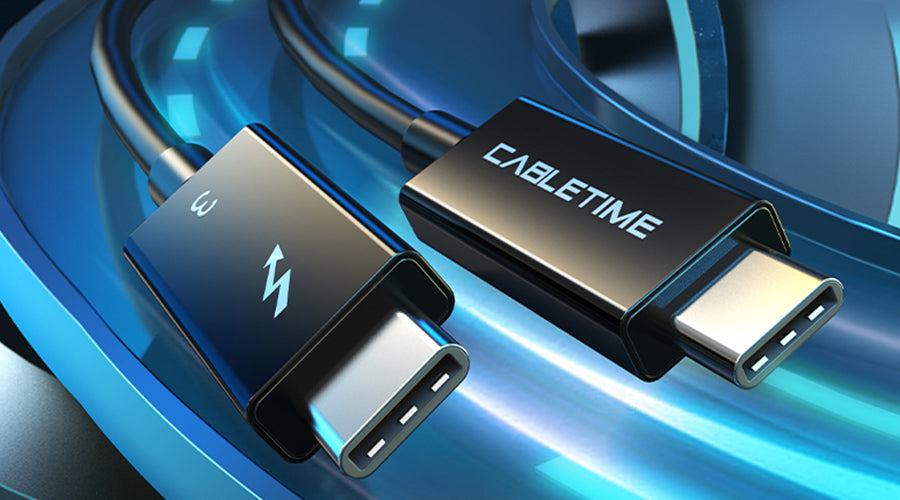
Introducción
Lanzado por primera vez en 2015, Thunderbolt 3 representó un gran avance en la conectividad periférica y la compatibilidad con pantallas externas. Analicemos las principales ventajas y desventajas de esta interfaz.
Ventajas
- Ancho de banda ultrarrápido de 40 Gbps: con una velocidad de transferencia bidireccional de 32 GB/s, Thunderbolt 3 permitió una edición fluida de videos 8K y la realización de copias de seguridad de archivos masivos en un instante.
- Puerto único compacto: el diseño del conector USB tipo C permitió que los puertos Thunderbolt 3 brindaran carga, salida de video, transferencia de datos y redes de dispositivos a través de una única salida en computadoras portátiles y de escritorio.
- Conexión en cadena de periféricos: se pueden interconectar hasta 6 dispositivos Thunderbolt en secuencia, lo que abre configuraciones de uso flexibles.
Desventajas
- Caro: los cables y accesorios Thunderbolt 3 generalmente cuestan más que sus contrapartes USB tradicionales.
- No disponible universalmente: al estar presentes en su mayoría solo en sistemas de gama alta, los puertos Thunderbolt 3 estaban lejos de ser comunes en las máquinas de consumo más económicas.
Ámbito de aplicación
Al ofrecer un ancho de banda extremadamente alto, ideal para aplicaciones como la producción de video y la duplicación rápida de datos, Thunderbolt 3 era ideal para profesionales creativos que trabajaban con contenido multimedia enriquecido. Esta especificación era menos relevante para las tareas cotidianas, donde velocidades de transferencia tan extremas no eran necesarias.
Cómo elegir el cable Thunderbolt 3 adecuado
Con Thunderbolt 3 compatible con varias aplicaciones de conectividad, Cabletime Tech ofrece Modelos activos y pasivos creados para flujos de trabajo de datos o vídeoAl seleccionar su cable Thunderbolt 3, tenga en cuenta la longitud del cable para tramos más largos de hasta 20 m, un blindaje de calidad para entornos propensos a interferencias y objetivos de rendimiento específicos.
Ventajas y desventajas de Thunderbolt 4

Introducción
En 2020, Thunderbolt 4 iteró sobre su exitoso predecesor, Thunderbolt 3, al exigir una funcionalidad más estandarizada en los dispositivos certificados. ¿Cómo mejora esta nueva oferta la experiencia básica?
Ventajas
- Compatibilidad periférica garantizada: la activación del sistema desde el modo de suspensión ahora permite el acceso en segundo plano a cualquier accesorio Thunderbolt conectado.
- Rendimiento más confiable: los procedimientos de prueba rigurosos garantizan que el equipo Thunderbolt 4 mantenga de manera confiable el ancho de banda requerido, lo que reduce las caídas intermitentes.
Desventajas
- Innovación restringida: el uso predeterminado de CPU Intel con integración obligatoria del controlador Intel limita las personalizaciones de los proveedores y las expansiones de la plataforma para Thunderbolt 4.
Ámbito de aplicación
Thunderbolt 4 busca impulsar la adopción al garantizar la consistencia entre dispositivos, en lugar de centrarse en mejoras de velocidad de vanguardia. Esto hace que la interfaz actualizada sea especialmente útil para creativos que buscan compatibilidad garantizada en un ecosistema de impresoras, unidades de almacenamiento, cajas eGPU, pantallas y otros accesorios especializados con Thunderbolt.
Cómo elegir el cable Thunderbolt 4 adecuado
Si bien Thunderbolt 4 por sí solo no transforma radicalmente la velocidad ni la capacidad, un cableado más largo y resistente sigue siendo crucial para lograr una comunicación de señal fiable entre equipos y dispositivos Thunderbolt. Para configuraciones críticas, Cabletime Tech... Cables Thunderbolt 4 de 40 Gbps blindados de primera calidad Admite un ritmo rápido de hasta 20 metros sin interferencias.
Ventajas y desventajas de Thunderbolt 5
Introducción
Llevando la vanguardia aún más lejos, la nueva especificación Thunderbolt 5 de Intel desbloquea sorprendentes canales de 80 Gbps para flujos de trabajo de producción increíblemente exigentes.¿De qué otra manera es posible que esta última versión de la interfaz deje atrás a sus predecesoras?
Ventajas
- Duplica el rendimiento: con una increíble velocidad de transferencia máxima de 80 Gbps, Thunderbolt 5 permite la edición de video multicámara de 8K, copias de seguridad rápidas de proyectos de varios terabytes y la transmisión de enormes bibliotecas de sonidos de instrumentos de muestra, algo que antes era inalcanzable con las generaciones anteriores de Thunderbolt.
Desventajas
- Precios de vanguardia: los primeros cables Thunderbolt 5, soluciones de almacenamiento SSD, computadoras portátiles y estaciones de trabajo compatibles con la especificación seguramente tendrán precios premium viables solo para casos de uso comercial lucrativos.
Ámbito de aplicación
Orientado principalmente a la preparación para el futuro de los crecientes flujos de trabajo de producción y posproducción de 8K, las aplicaciones enfocadas en Thunderbolt 5 incluyen desarrollo de juegos, animación 3D y renderizado de efectos visuales, visualización y análisis científicos, edición de videos de transmisión y otros casos de uso masivamente intensivos que la mayoría de los consumidores no necesitan.
Ventajas y desventajas del USB4
Introducción
Impulsado por Thunderbolt 3, USB4 busca consolidar un ecosistema fragmentado en un protocolo USB unificado que iguale el límite de transferencia de 40 Gbps de Thunderbolt. ¿En qué medida esta ambiciosa iniciativa ofrece lo mejor de ambos mundos?
Ventajas
- Conector USB-C omnipresente: aprovechando los recursos existentes USB tipo C Los puertos USB4 funcionan instantáneamente con los últimos teléfonos inteligentes, tabletas y computadoras portátiles sin exigir el tipo de puerto menos común de Thunderbolt.
- Eficiencia de costos: aprovechando la fabricación establecida de USB Tipo-C, las soluciones USB4 evitan los sobreprecios de Thunderbolt para ser más económicas.
Desventajas
- Capacidades opcionales: a diferencia de los conjuntos de funciones estrictamente impuestos por Thunderbolt, la implementación inconsistente de USB4 permite a los fabricantes elegir qué funcionalidad incluir, lo que genera confusión en el consumidor.
Ámbito de aplicación
USB4 llega a las masas al actualizar miles de millones de dispositivos USB-C existentes con un margen de 40 Gbps de clase Thunderbolt opcional, ideal para la adaptación gradual de los dispositivos del mercado general. Sin embargo, para aplicaciones críticas, Thunderbolt sigue ofreciendo una fiabilidad máxima.
Cómo elegir el cable USB4 adecuado
Como base, los cables USB4 deben soportar transferencias de 20 Gbps para cumplir con los mínimos de certificación. Sin embargo, para velocidades exigentes de 40 Gbps que rivalizan con Thunderbolt 3, necesitará cables USB4 blindados premium, como estos. Opciones de 2 metros de Cabletime Tech, garantizando el máximo rendimiento en ejecuciones prolongadas.
Conclusión
Hemos cubierto los matices clave que abarcan las generaciones Thunderbolt 3 a 5, además de USB 4. Si bien todas elevan el estándar al ofrecer conectividad Lightning mucho más allá de los obsoletos estándares USB, existen desventajas notables en cuanto a consistencia frente a capacidad de vanguardia, relevancia para flujos de trabajo específicos, costos iniciales y recurrentes, y extensibilidad futura. Ahora puede ajustar mejor las especificaciones de la interfaz a sus necesidades reales, en lugar de simplemente asumir que lo más nuevo es universalmente mejor.
La gente también pregunta
¿USB4 es lo mismo que USB-C?
No, USB4 no es lo mismo que USB-C. USB-C es un conector físico compatible con varios protocolos, como USB4, Thunderbolt 3 y DisplayPort. USB4 es un protocolo de transferencia de datos que ofrece velocidades más rápidas y funciones mejoradas en comparación con los estándares USB anteriores.
¿Cuál es la diferencia entre Thunderbolt 3 y Thunderbolt 5?
Thunderbolt 5 es una versión más nueva de la tecnología Thunderbolt que ofrece mayor ancho de banda, compatibilidad con pantallas y capacidades de carga en comparación con Thunderbolt 3. Se espera que Thunderbolt 5 esté disponible en 2024, mientras que Thunderbolt 3 se presentó en 2015.
¿Cuánto más rápido es Thunderbolt 4 que USB?
Thunderbolt 4 y USB4 ofrecen el mismo ancho de banda máximo de 40 Gbps. Sin embargo, Thunderbolt 4 ofrece requisitos de certificación más estrictos, un suministro de energía mejorado y compatibilidad con dos pantallas 4K o una sola pantalla 8K, mientras que USB4 supone una evolución respecto a Thunderbolt 3.
¿USB4 es lo mismo que Thunderbolt 4?
No, USB4 no es lo mismo que Thunderbolt 4. Thunderbolt 4 se basa en la tecnología Thunderbolt 3 y ofrece requisitos de certificación más estrictos, un suministro de energía mejorado y compatibilidad con dos pantallas 4K o una sola pantalla 8K. USB4 es un protocolo de transferencia de datos que ofrece velocidades más rápidas y funciones mejoradas en comparación con los estándares USB anteriores.
¿Puede Thunderbolt 3 soportar 2 monitores?
Sí, Thunderbolt 3 admite hasta dos pantallas 4K o una sola pantalla 5K. Sin embargo, las configuraciones de pantalla compatibles pueden variar según el dispositivo y la tarjeta gráfica.
¿Puedes conectar Thunderbolt 4 a HDMI?
Sí, puedes conectar Thunderbolt 4 a HDMI con un adaptador o cable HDMI. Thunderbolt 4 es compatible con el modo alternativo DisplayPort, lo que permite transmitir señales de vídeo a través de un puerto USB-C. Puedes usar un adaptador o cable HDMI compatible con el modo alternativo DisplayPort para conectar tu dispositivo Thunderbolt 4 a una pantalla HDMI.

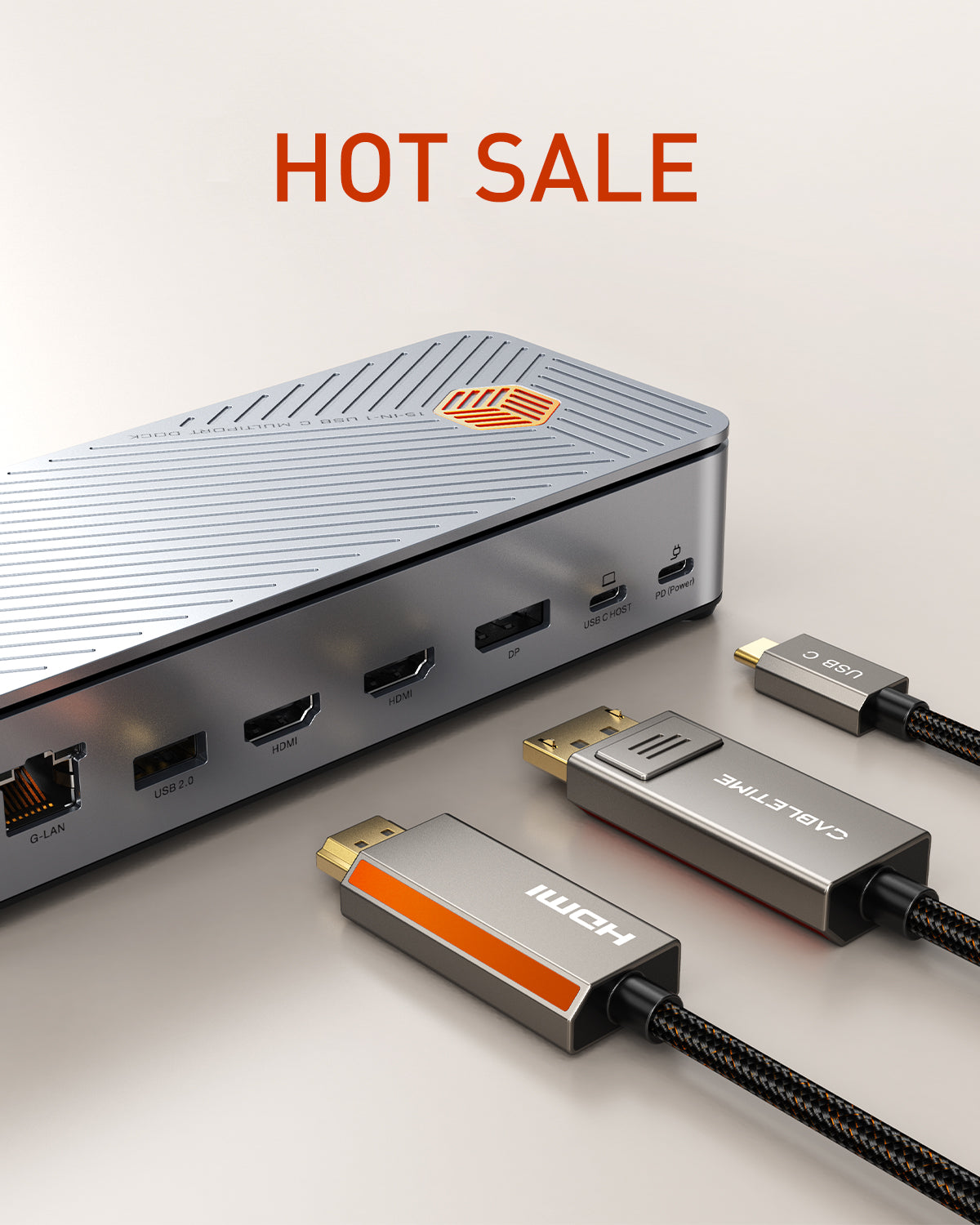
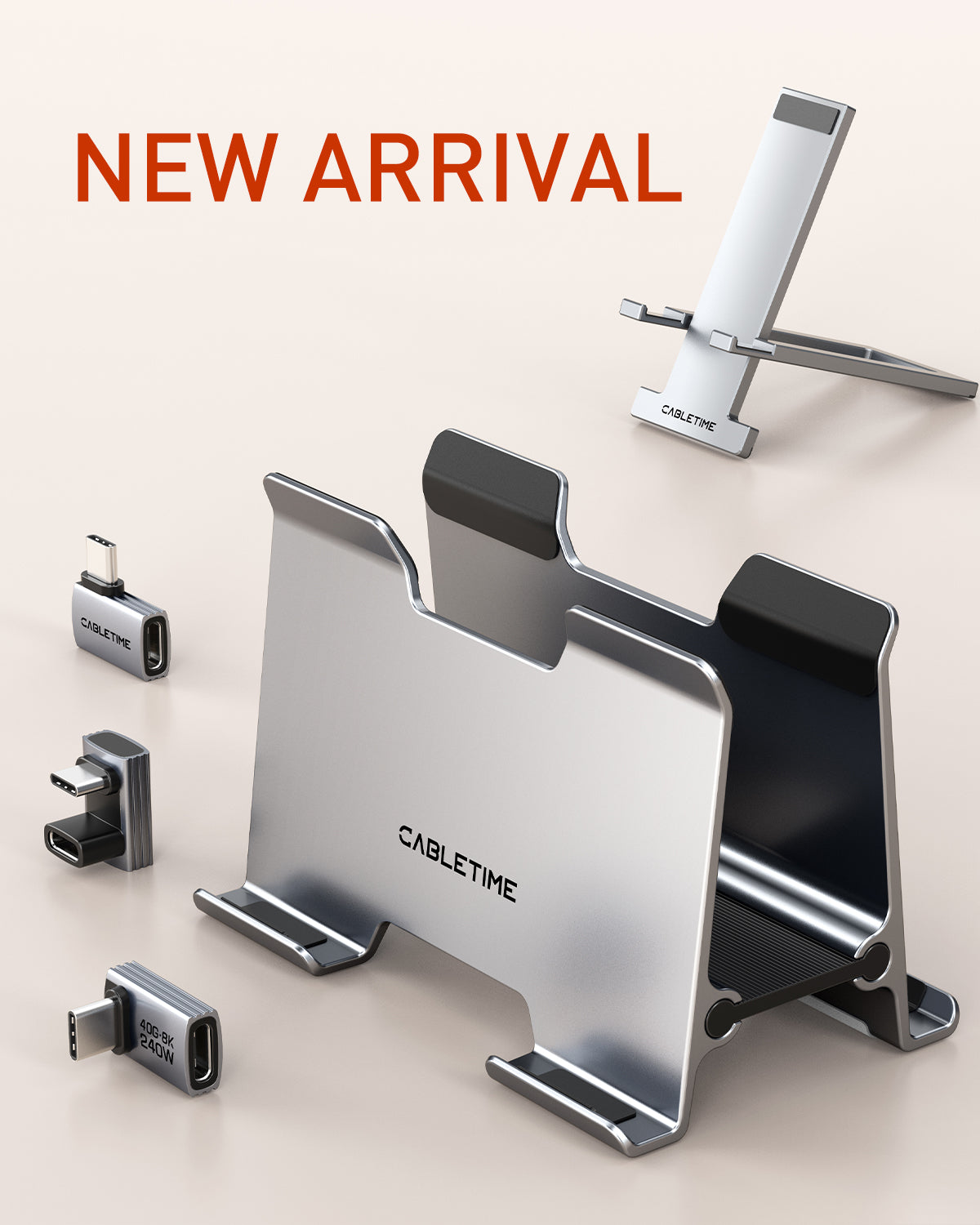
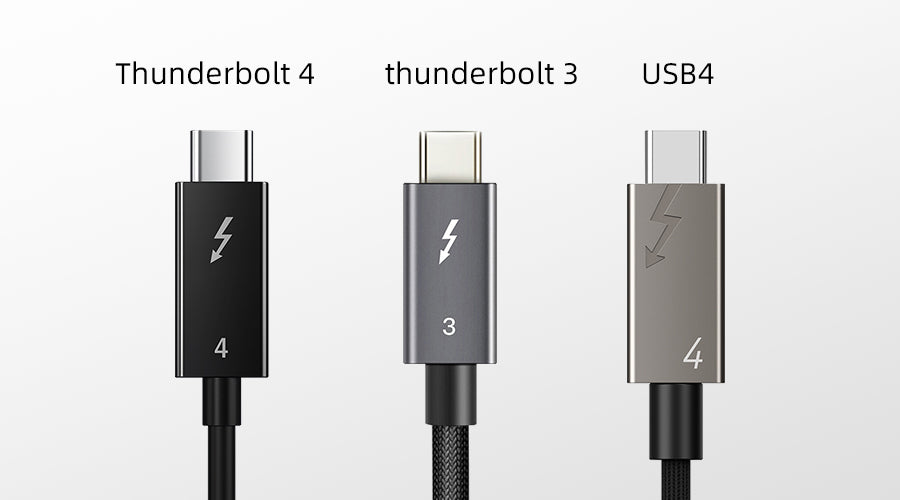
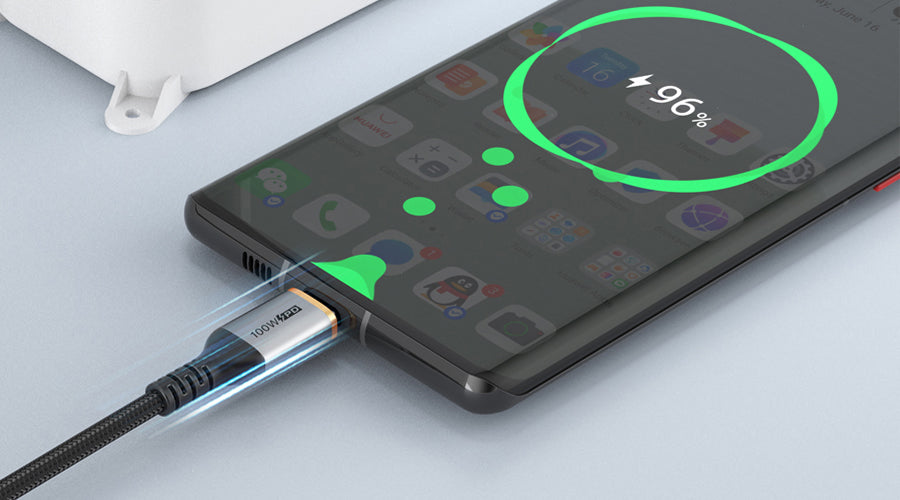

Deja un comentario
Este sitio está protegido por hCaptcha y se aplican la Política de privacidad de hCaptcha y los Términos del servicio.